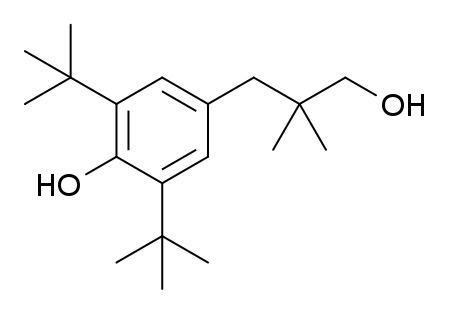Symbol GABBR1 HUGO 4070 RefSeq NM_021905 | Entrez 2550 OMIM 603540 UniProt Q9UBS5 | |
 | ||
GABAB receptors (GABABR) are metabotropic transmembrane receptors for gamma-aminobutyric acid (GABA) that are linked via G-proteins to potassium channels. The changing potassium concentrations hyperpolarize the cell at the end of an action potential. The reversal potential of the GABAB-mediated IPSP is -100 mV, which is much more hyperpolarized than the GABAA IPSP. GABAB receptors are found in the central as well as in the autonomic division of the peripheral nervous system.
Contents
The receptors were first named in 1981 when their distribution in the CNS was determined, which was determined by Norman Bowery and his team using radioactively labelled baclofen.
Functions
They can stimulate the opening of K+ channels which brings the neuron closer to the equilibrium potential of K+. This reduces the frequency of action potentials which reduces neurotransmitter release. Thus GABAB receptors are considered inhibitory receptors.
GABAB receptors can also reduce the activity of adenylyl cyclase and decrease the cell’s conductance to Ca2+.
GABAB receptors are involved in behavioral actions of ethanol, gamma-Hydroxybutyric acid (GHB), and possibly in pain. Recent research suggests that these receptors may play an important developmental role.
Structure
GABAB Receptors are similar in structure to and in the same receptor family with metabotropic glutamate receptors. There are two subtypes of the receptor, GABAB1 and GABAB2, and these appear to assemble as heterodimers in neuronal membranes by linking up by their intracellular C termini.
It is speculated that binding of GABA causes the subunits to swing shut around the agonist like a venus fly trap.
